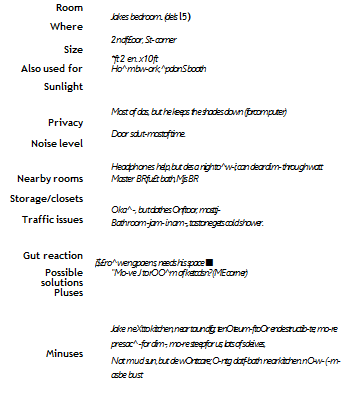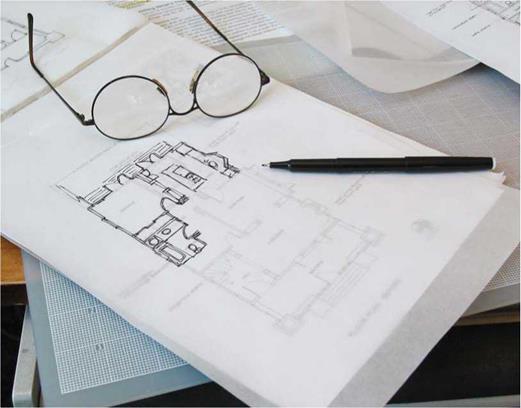Concept of Specific Area
Let us start with the definition of an aggregate’s specific area. Specific area is defined as the grains’ surface area related to a unit mass, usually given in terms of square centimeter per gram (cm2/g). Fillers are tested in Europe with Blaine’s method* according to EN 196-6 (see Chapter 8). The measured specific area depends on how much the parent material was reduced in size (broken up or crushed). The more the material was milled (crushed), the finer the filler, and the larger its specific area.
An example will serve to illustrate the influence of gradation on specific area size. Let us take two fillers and call them A and B. Let them both pass completely (100%) through a 0.063-mm sieve. Laser analyzer tests reveal significant differences in the material smaller than 0.063 mm...
read more










